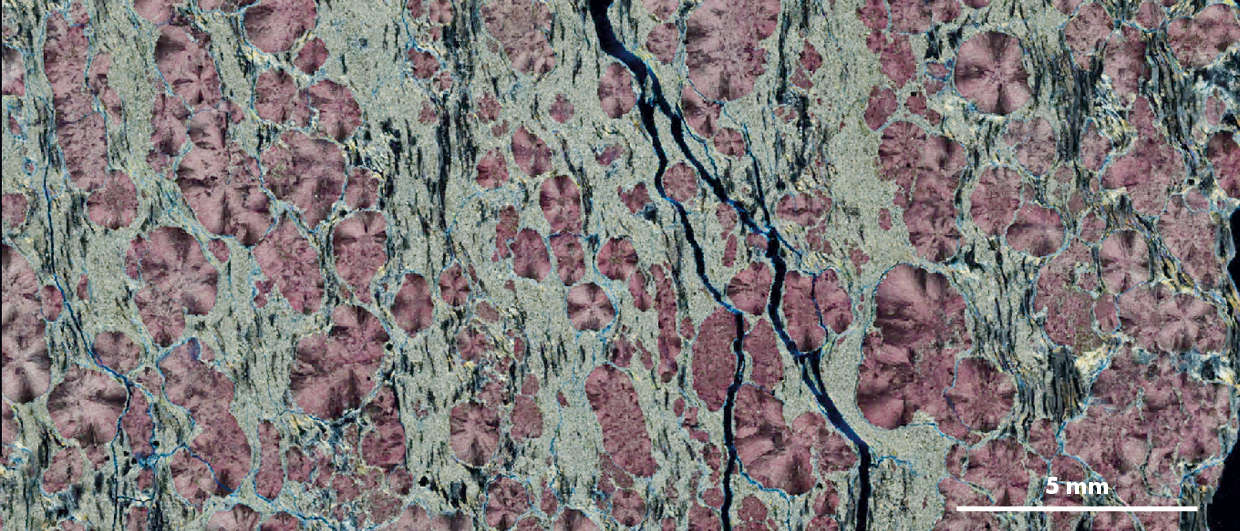Yesterday, Petrobras announced the discovery of hydrocarbons in the ultra-deep waters of the Potiguar Basin in Brazil. The well, named Anhangá, found hydrocarbons in turbidite reservoir sands of Albian age. Specific mention was made by the operator – who holds a 100% stake in the block where the well was drilled – that the find is significant considering the exploration success in the Suriname-Guyana Basin. That is why we plotted both areas on one map, showing the distance between the two.
And as the map clearly shows, the distance between the two areas is significant and amounts to around 2,600 km. Yet, given the age of the find in Brazil, which is only a little older than most of the discoveries in the Suriname-Guyana Basin, the similar depositional facies of the reservoir and the overall setting along the margin, it is not strange to see some excitement following the news release.
The Potiguar Basin is located at the far eastern end of the Brazilian Equatorial Margin, which correlates to the West African Equatorial Margin and the Benin Basin on the opposite side of the Atlantic. The basin has a rich history of oil exploration and production in both the onshore and shallow waters, and is probably the most densely drilled area (onshore) that is shown on the map. In that sense, there is a clear difference with the Suriname-Guyana Basin, where onshore exploration has never taken off to the same extent except from a few discoveries in Suriname. However, very little is known about the offshore deep and ultra-deep water areas of the Potiguar Basin.
Three source rocks
In a paper published in the Journal of South American Earth Sciences in 2021 about the exploration plays of the Potiguar Basin in Brazil, the authors write that deep and ultra-deep waters of the area represent one of the most important frontier basins on the Brazilian Equatorial Margin, especially after the discoveries made on the West Africa conjugate margin (Jubilee, Tweneboa).
Three source rock intervals were identified by the authors; Late Berriasian-early Barremian lacustrine shales, Aptian-Albian evaporitic marine shales and Cenomanian-Turonian deep water marine shales. A maximum TOC of 21% was measured in the Aptian-Albian source rocks, which classifies these as the most promising. Combined with the fact that these are thermally mature in the area as the authors write, it may not be too much of a surprise to have found hydrocarbons in the Anhangá well given that the reservoirs are of the same age and are probably very close to the source rock.





